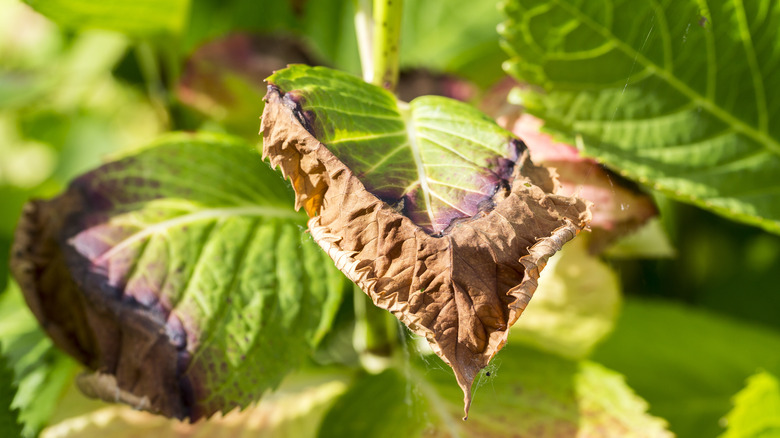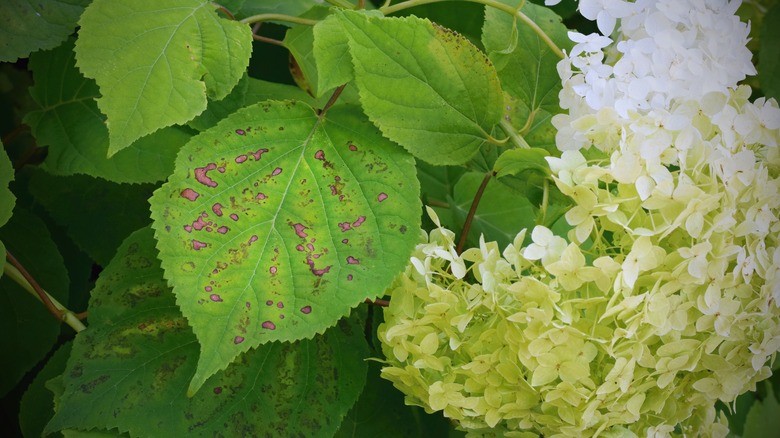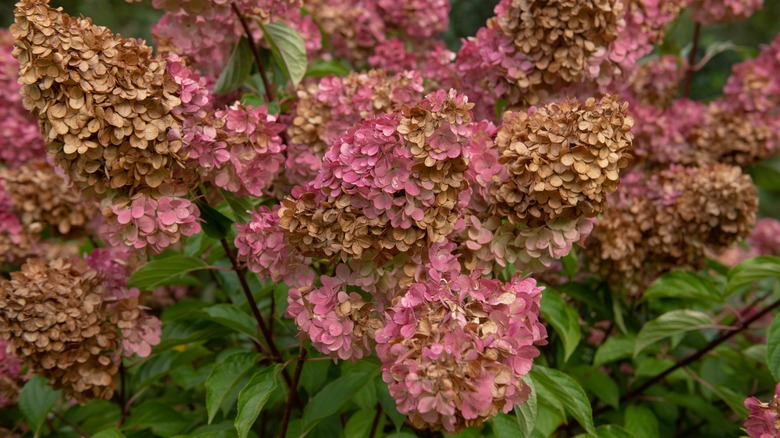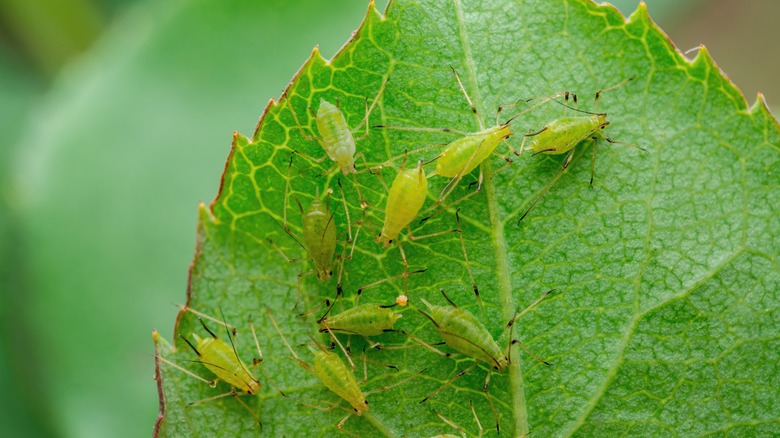Why Your Hydrangea Leaves Are Browning
A noticeable shift may have caught your eye in the quiet, green sanctuary of your garden. Your cherished hydrangea, a showstopper that used to proudly sport its vibrant green foliage, is now gradually turning a disheartening shade of brown. As a dedicated garden enthusiast, this transformation could stir some concern and curiosity.
Browning leaves, though seemingly superficial, are, in fact, a subtle cry for help. Your hydrangea is waving a tiny white flag, signaling that it's grappling with certain environmental conditions or specific diseases. Just like every other organism, hydrangeas, too, are not invincible. Despite their robust nature and adaptability, they carry their own set of susceptibilities and vulnerabilities. Shifts in soil quality, water availability, nutrient deficiency, and uninvited pests or diseases can significantly impair its health and vibrancy.
Be reassured that the browning of leaves doesn't mean the end of your hydrangea. Rather, it's a cry for help, a unique way your plant communicates with you, asking for additional care and attention. The road to recovery starts with understanding the cause of this symptom and implementing the necessary remedies when taking care of your hydrangea plant.
Too little or too much watering
Firstly, the balance of watering hydrangea is as delicate as a tightrope walk. Tipping towards either end — over-watering or under-watering — can lead to undesirable consequences. If you're giving your hydrangea too much water, the leaves may turn brown and eventually fall off due to leaf spot. Too much or too little water can cause leaf browning. The common mistake of underwatering often results in dehydrating your hydrangea. Imagine feeling parched on a scorching day and not having a drop of water to drink — that's precisely how your hydrangea feels when it's underwatered. This leads to wilting and once-lively green leaves turning a dull shade of brown. Conversely, if you're giving your hydrangea too much water by spray irrigation, the leaves may turn brown and eventually fall off due to a condition called Cercospora leaf spot. To maintain the perfect balance, you need to closely monitor your watering routine and avoid overhead watering. The key is to water your hydrangea deeply at the base, ensuring the roots receive ample hydration.
There's another potential culprit that may be contributing to the browning of your hydrangea's leaves: a nutrient imbalance. Much like us, plants require a balanced diet of nutrients to maintain their vitality. Absence, deficiency, or even an excess of specific nutrients can cause health issues for your hydrangea, including problematic leaf browning. Consider using a soil test kit to identify if nutrient imbalance is the issue. This handy tool can provide a wealth of information about the nutrient content of your garden soil.
Browning due to extreme weather and how to address it
Hydrangeas can experience browning due to extreme weather conditions. High temperatures, especially when combined with underwatering, can cause drought stress, leading to the browning of leaves and flowers. Hot, dry air accelerates water loss from the plant through transpiration, causing wilting and browning of leaf edges. Additionally, excessive heat leads to a reduction in chlorophyll production, contributing to overall leaf discoloration.
Conversely, exposure to freezing temperatures or sudden temperature drops can also damage hydrangeas. Frost or ice crystals can form, causing damage and subsequent browning. Intense cold can also disrupt water flow within the plant, resulting in browning and dying leaves. Sunlight exacerbates these effects. Hydrangeas prefer dappled or partial sunlight; excessive direct sunlight scorches leaves and flowers, triggering browning. Too much light accelerates water loss and stresses the plant, leading to browning symptoms.
To avoid browning during hot spells, ensure the hydrangea receives adequate water. Water deeply at the base to maintain soil moisture. Apply mulch to help retain moisture and regulate soil temperature. Shield the plant from intense sunlight, especially during peak hours. Provide natural shade or use shade cloths to diffuse light. In cold weather, cover the hydrangea with a breathable cloth or burlap during frosty nights. Creating a microclimate around the plant can help protect it from temperature extremes. Regularly check the plant for signs of stress and adjust care accordingly. Finally, maintain consistent watering and provide protection when extreme weather is forecasted.
Pests and diseases
Sometimes, browning leaves on your hydrangea could be the result of pests. One common culprit is aphids, tiny insects that feed on plant sap, causing the leaves to brown and curl. If you notice small, green, or black bugs on the underside of your hydrangea leaves, aphids may be the issue. Several treatments for aphids include insecticidal soap and introducing beneficial insects like ladybugs to your garden.
On the other hand, an often-overlooked factor leading to browning leaves is the presence of powdery mildew, a fungal disease. It manifests as a white or gray powdery substance coating the surface of leaves and stems. The impact of this unwelcome guest is noticeable, causing the leaves to adopt a purplish-brown color, curl up, and eventually drop off, leaving your hydrangea looking forlorn and naked.
Prevention is your best defense against this fungal foe. Start by giving your hydrangeas some personal space. Proper spacing improves air circulation around the plants, reducing the damp, humid conditions in which the fungus thrives. Remember, browning leaves are your hydrangea's way of telling you something isn't right. By closely monitoring watering practices, ensuring a balanced nutrient supply, and being vigilant about pests and diseases, you can help your hydrangea thrive, keeping its leaves green and its blooms vibrant.



